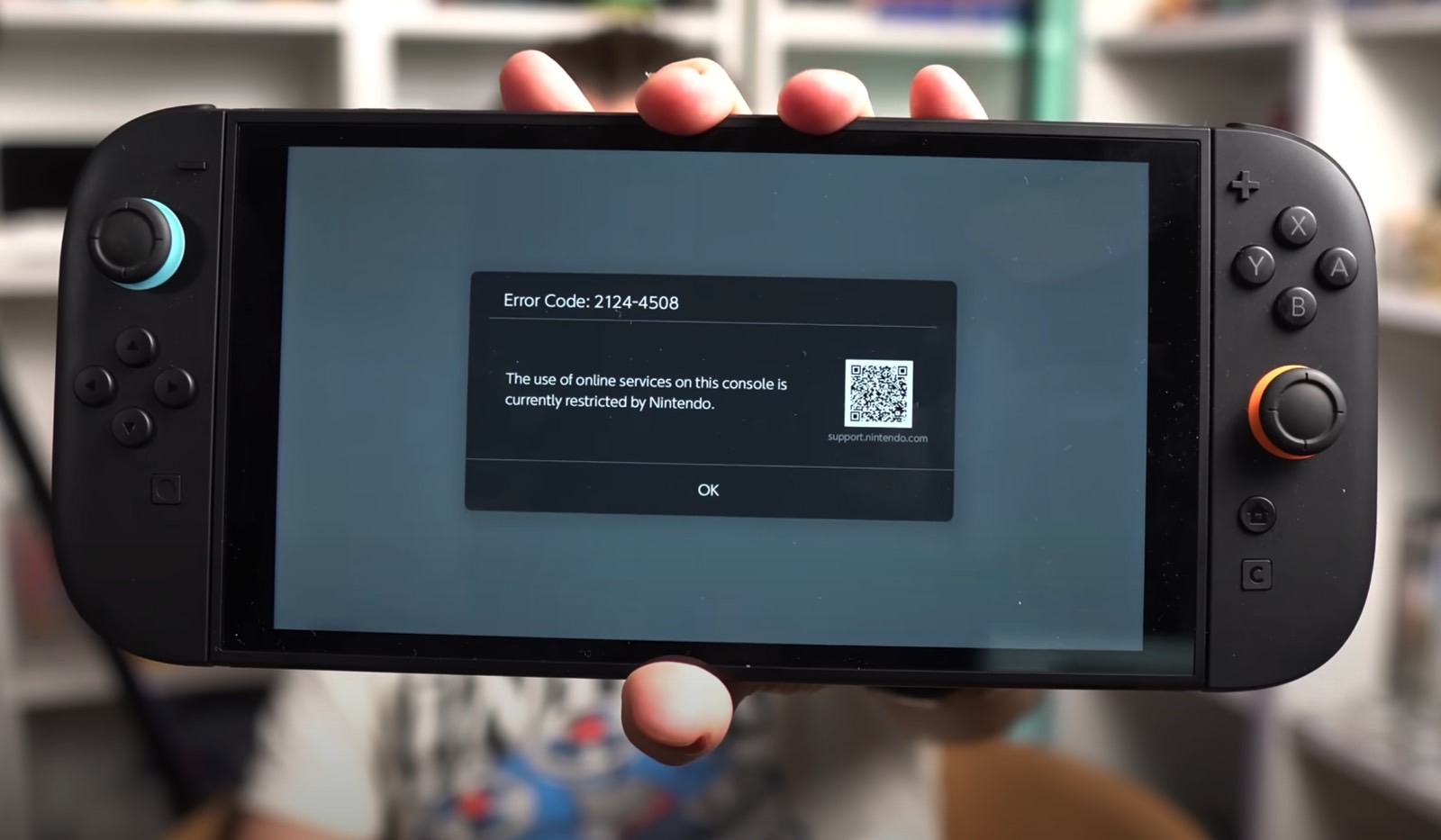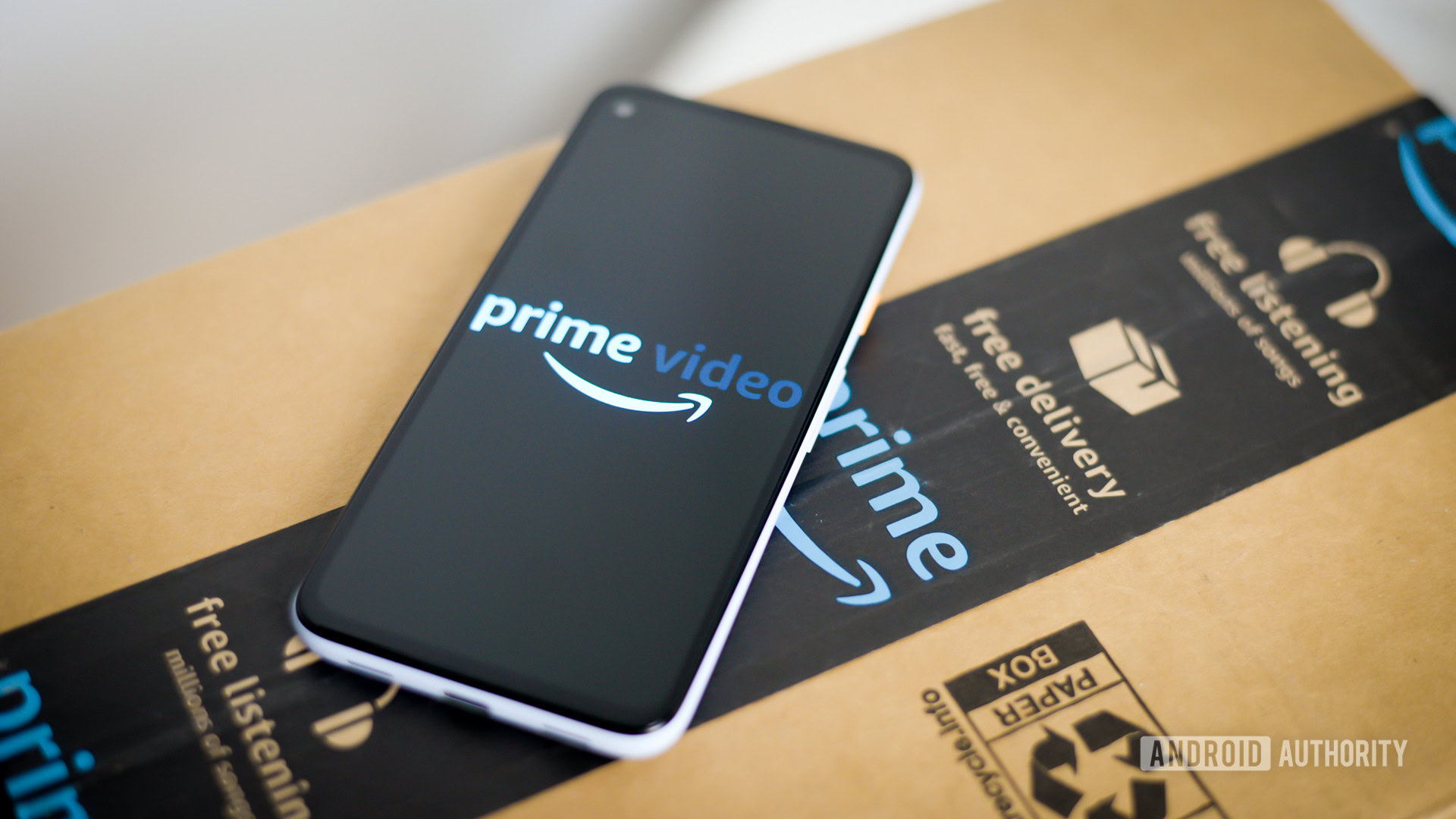The tragedy of a niche product is if it sees any success, two things will happen. First, rivals big and small will copy its ideas. Then, to combat that existential threat and appease investors, there’ll be an appeal to the larger mass market. A handful of niche products survive the transition to the mainstream. Most don’t. (See: Nest, Mirror, VSCO, Vine, Birchbox, etc.) It’s a tale as old as products, and where we currently find Whoop.
Whoop is a fitness tracker, but it differs in a few key ways. It doesn’t have a screen, focuses heavily on sleep and recovery from physical strain, and notoriously relies on a subscription model. A few years ago, it had a viral marketing campaign and became a popular tracker among gym rats, outdoor enthusiasts, and even elite athletes like Michael Phelps and LeBron James.

$359
The Good
- Good hardware and software upgrades
- More affordable — kind of
- Streamlined app design
- Better battery life
The Bad
- Whoop Age will be my villain origin story
- The clasp still befuddles
- That whole upgrade debacle
- Straps are not backward-compatible
- It adds up to fresh paint on the same product
But in 2025, these things that used to differentiate Whoop are no longer unique. Smart rings can accomplish most of what Whoop does in a much smaller and more affordable form factor. More wearables have since introduced subscriptions, and they’re significantly cheaper than the $30 per month that Whoop had been charging.
So it’s unsurprising Whoop came in hot with new messaging for its Whoop 5.0 and MG launch. The strategy made sense on paper — add in greater functionality, improve hardware to drive upgrades, and diversify the business model with broader subscription tiers. But after two months of testing and one PR kerfuffle, Whoop’s pivot isn’t hitting quite right.
Fresh paint, same foundation
Whoop upgraded the hardware, and here are the cliffs notes:
- Both the base Whoop 5.0 and premium MG trackers are 7 percent smaller.
- The processing power is 60 percent faster.
- Battery’s been bumped from five to 14 days, with a new wireless charging pack that holds an extra 30 days if you’re on the Whoop Peak and Life tiers (more on tiers later).
- The difference between the 5.0 and MG is that the latter can take EKGs and has blood pressure insights.
These are good updates. But in practice, whatever I liked or disliked about the Whoop 4.0 carried over to this one. The fiddly buckle to secure the band still annoys the crap out of me — to the point I dread taking it on and off for showers. At least changing straps is still easy, and if you buy Whoop’s clothing line, the tracker is easy to wear in various ways. My main gripe is that my Whoop 4.0 straps don’t work with the Whoop 5.0 or MG. If you upcycle your Whoop 4.0 through Whoop’s program, you can get a $50 credit for accessories. Unfortunately, that’s worth just one of Whoop’s cheapest fabric bands. This feels like a kick in the teeth, especially considering the early backlash when Whoop customers felt betrayed that upgrades to the new hardware wouldn’t be free despite previous promises. The company eventually backpedaled, but it’s not the best look.

I can’t say I noticed a change in processing power, aside from quick and smooth app syncing. I noticed the improved battery life the most. In two months of testing, I’ve only charged three times — and only once because the battery was dying. The other two times were top ups so that I could travel worry-free without the charger. (If you thought it was easy to lose before, it’s even smaller now.)
That’s all there is to say about the hardware. Software is another story.
The app redesign was much needed, though I suspect it’ll still be overwhelming to newcomers given the sheer amount of data. The home tab now adds some quick data tidbits up top, along with your three main scores for sleep, recovery, and strain. There’s a Daily Outlook powered by Whoop Coach, an AI-powered chatbot that summarizes metrics like sleep duration, activity, and heart rate. It also gives advice on how to hit your goals, which you set during onboarding, and suggests three workouts. (I found Whoop’s AI summaries to be okay for basic information, but its “insights” were often underwhelming in usefulness.)
Whoop’s still a good sleep and recovery tracker, with some overly complicated charts that you eventually get used to. For workouts, it focuses on how much a given activity strains your body. While you can get GPS maps (provided you carry a phone) or track strength sets, it zeroes in on heart rate, so other metrics feel more like an afterthought. I’d be irked if this were my only activity tracker — a problem I had with Whoop 4.0, too.
Otherwise, Whoop announced several new health features. If you have the MG, for example, you can now take FDA-cleared EKGs and receive notifications for irregular heart rhythms for atrial fibrillation. It’s straightforward. I tried it, got a normal sinus rhythm, and have not been notified that I show any signs of aFib. There’s a beta for blood pressure insights, which doesn’t require FDA clearance as it’s a wellness feature and requires calibration using an actual blood pressure cuff. This, too, has been standard for this type of feature. Same for menstrual health tracking. Meanwhile, the experimental Whoop Advanced Labs, which would have users send in blood tests for review by clinicians, is not yet available.
1/3
The new Healthspan feature is the most notable addition. It collates nine data points to compare how you’re aging physiologically compared to your chronological age. On paper, I get why it’s here. Other companies, such as Oura and Samsung, have also dabbled with aging and longevity metrics.
The quick and dirty is that Healthspan measures your sleep consistency, how long you slept, how long you spend in different cardio intensity zones, how long you spend strength training, how many steps you take, VO2 Max, resting heart rate, and lean body mass to give you two new metrics: Whoop Age and Pace of Aging. It takes three weeks to generate, with weekly updates thereafter.
Whoop says I’m aging like ice cream that’s been left out overnight. Specifically, that I’m 4.5 years older than my actual age — even though my Pace of Aging generally hovers between 0.7 to 1.0x my age. The math ain’t mathing. Whoop’s definition of aging is rather narrow and heavily weights physical activity and sleep while discounting nutrition. Broadly speaking, several factors play into how you age — including genetics, environment, certain proteins, lifestyle, etc. All Whoop can do is measure some biometrics related to a fraction of one aspect — lifestyle — and stick it in a proprietary algorithm. That might sound scientific, but it’s never going to paint a wholly accurate picture of how you’re aging.

Take my reading. My Whoop Age was generated after an extraordinarily stressful month of disrupted sleep and irregular training. It isn’t reflective of how I’m aging, and it’ll take a long time for this metric to reflect my actual state. I understand that companies are trying to add more insights from the treasure trove of data they’ve amassed. Aging and longevity are already complex, culturally sensitive topics. We don’t need to add another layer of quantification to that.
Lastly, I have to address Whoop’s revamped subscription model. Instead of dividing subscriptions by time-based commitments (e.g., 12-month versus 24-month), it’s now broken down into three tiers based on price and features. There’s the entry-level Whoop One tier at $199 annually, Whoop Peak at $239, and the premium Whoop Life at $359. The One tier gets you the base Whoop 5.0 hardware, a wired charging pack, and the most basic fitness tracking data Whoop offers, plus AI coaching. The Peak tier adds the Healthspan metric, stress tracking, a wireless charger, and the Health Monitor dashboard. Life gets you all that, plus the Whoop MG hardware, which enables EKGs and blood pressure insights.
The obvious reason for the change is to appeal to more people. Everyone’s tired of subs, but paying $20–30 a month under Whoop’s old model is prohibitively expensive. My recommendation is that most people don’t need more than the One tier to get what Whoop is best at.

But again, everyone is tired of subscriptions, especially in the fitness space. Garmin, a longtime holdout, angered fans after it recently added a paid tier tied to new AI features. Oura received backlash after adding a subscription with its Gen 3 ring. Fitbit has somewhat reversed course, making previously paywalled features free again. You can’t peruse Strava’s subreddit without seeing its most loyal users gripe about whether the subscription has ever been worth it. The common theme is that people don’t want to pay extra if it’s not an obviously good value. Between Whoop’s upgrade kerfuffle and what else is out there, it doesn’t feel like a slightly cheaper subscription tier equals a suddenly more accessible product.
This is the same product with a few more bells and whistles — but none that you can’t already find elsewhere. The latest Whoop devices don’t reinvent the wheel, and the cheapest tier isn’t magically so affordable that taking the leap from something more familiar feels safe. Ultimately, it’s still a niche product. That doesn’t have to be a bad thing.
Agree to Continue: Whoop MG
Every smart device now requires you to agree to a series of terms and conditions before you can use it — contracts that no one actually reads. It’s impossible for us to read and analyze every single one of these agreements. But we started counting exactly how many times you have to hit “agree” to use devices when we review them, since these are agreements most people don’t read and definitely can’t negotiate.
To use Whoop MG, you need to pair it with your iOS or Android smartphone. That means you’re agreeing to that phone’s terms of service, privacy policy, and any other permissions you may grant.
By using Whoop MG, you’re consenting to these mandatory agreements:
There are also several optional permissions you may grant the Whoop app, including your location, photo library, microphone, camera, voice assistant, cellular data, background refresh, and notifications.
Within the Whoop app, you can also grant permission for other users to search for your name and invite you to a team. If you accept, your data may be visible to that team.
Lastly, Whoop also offers optional integrations with Strava, Apple Health, and Training Peaks. If you choose to integrate these services, you’re also agreeing to their individual terms and privacy policies.
Final tally: Three mandatory agreements, eight optional permissions, and four optional permissions for data sharing with other apps/members.







